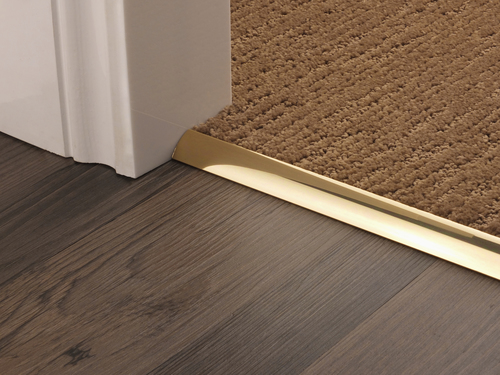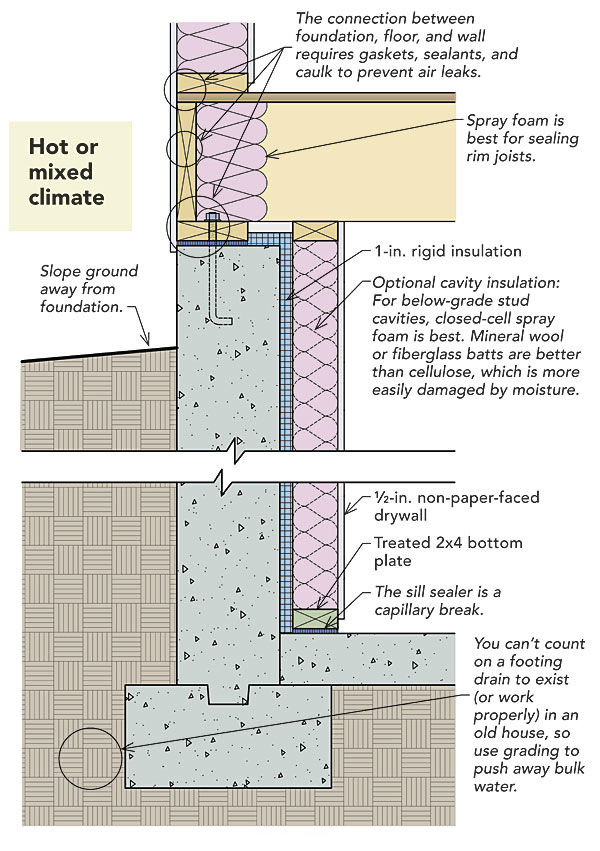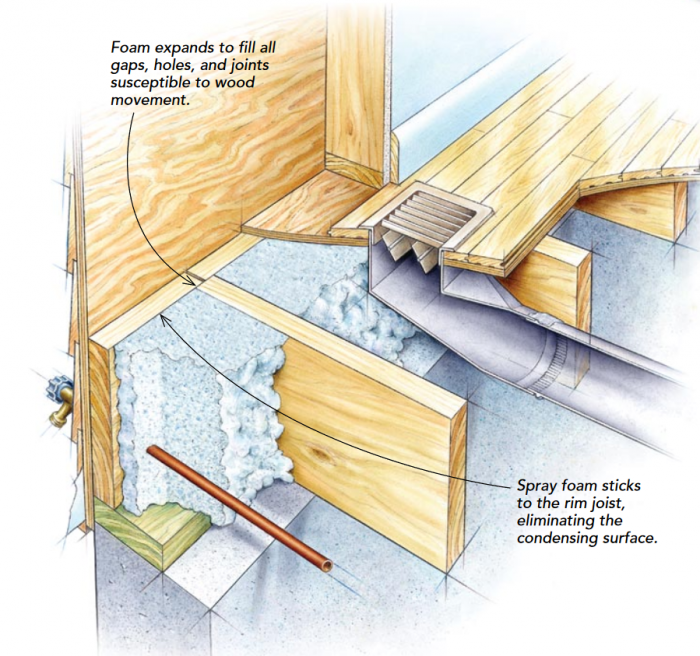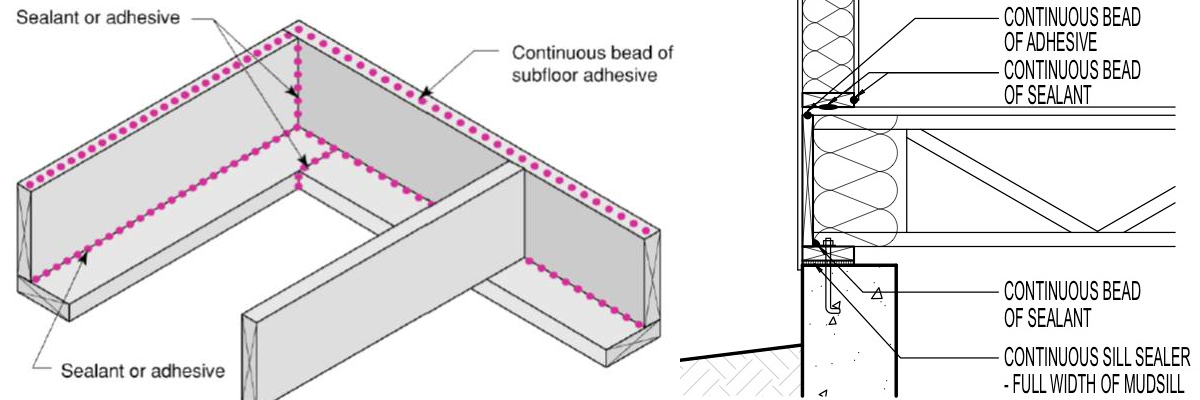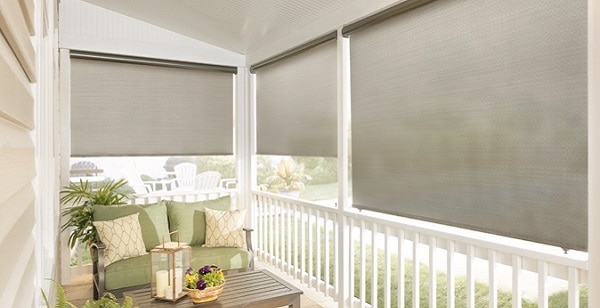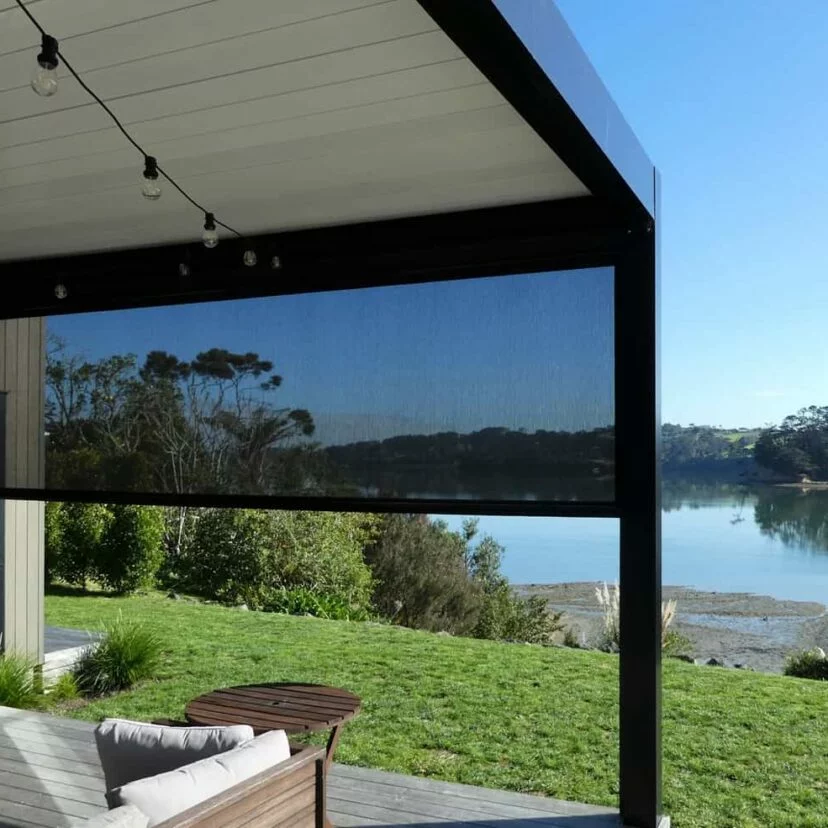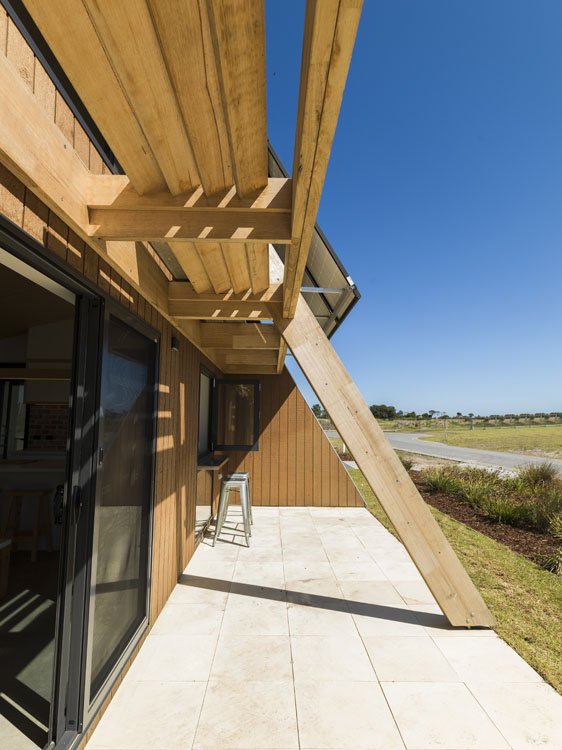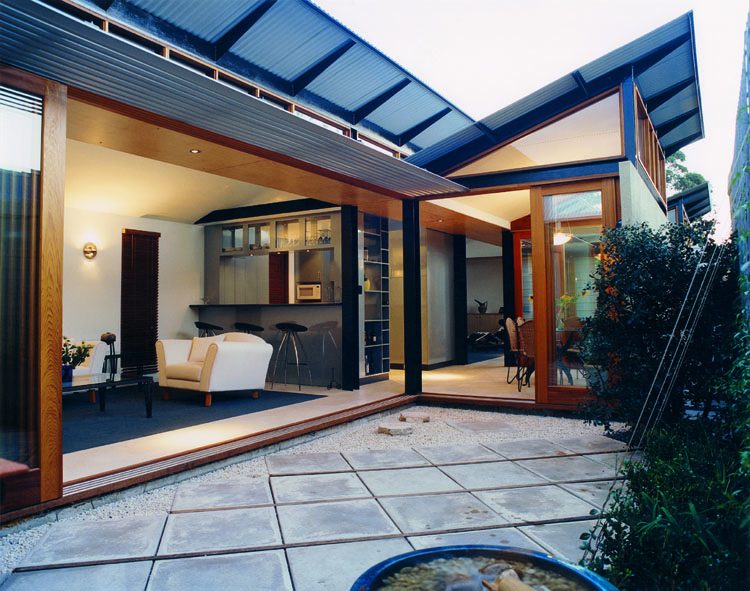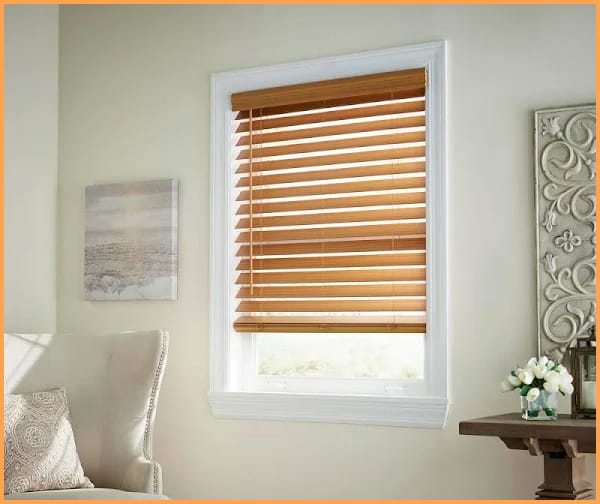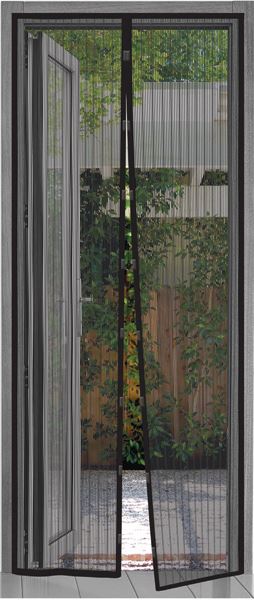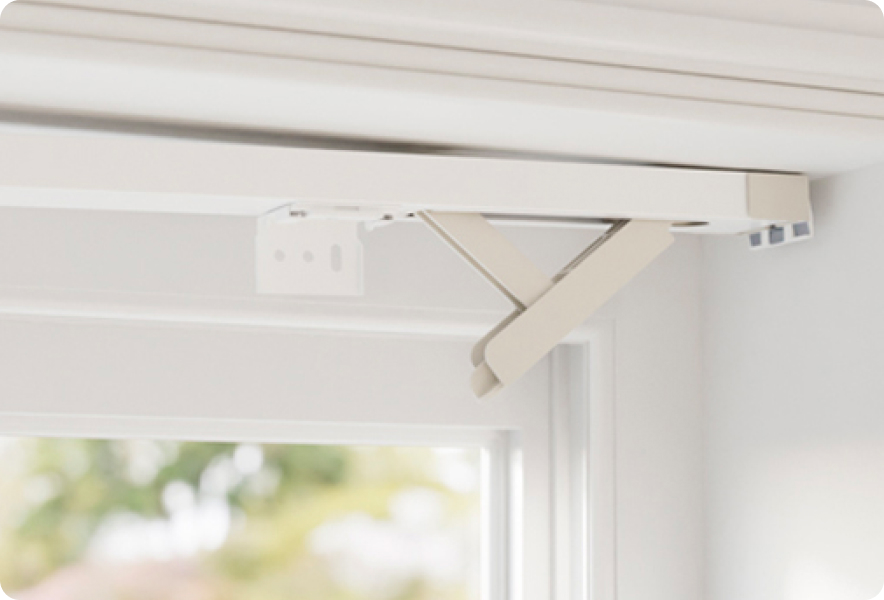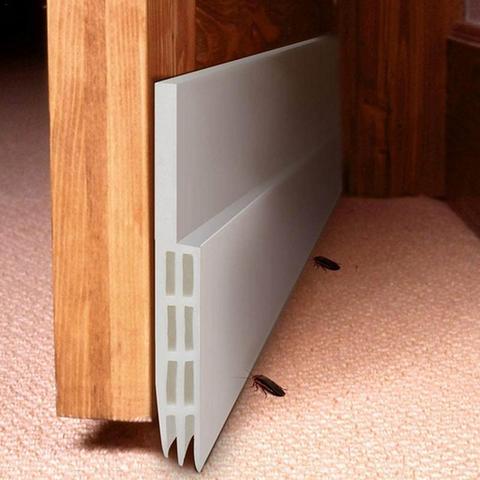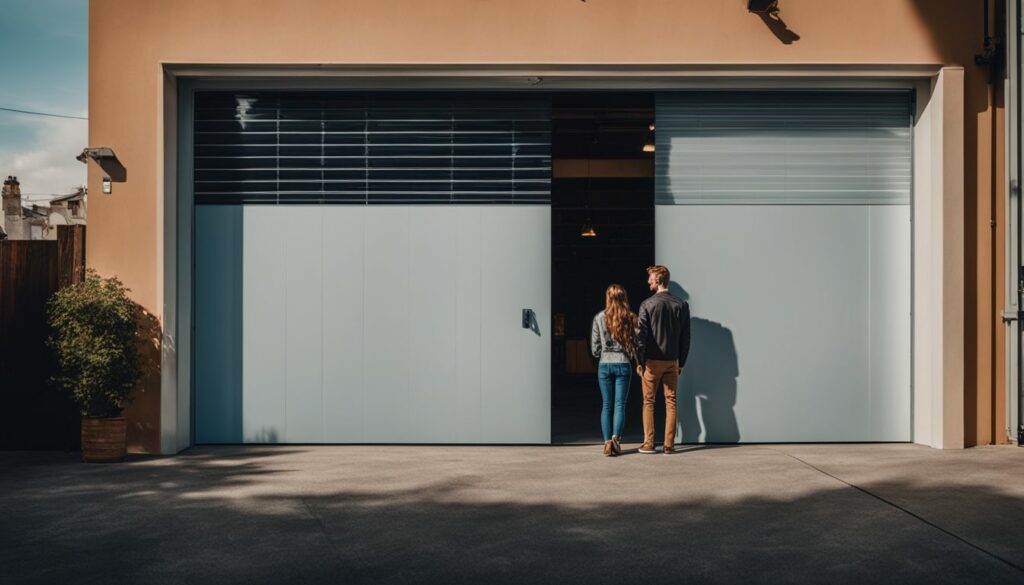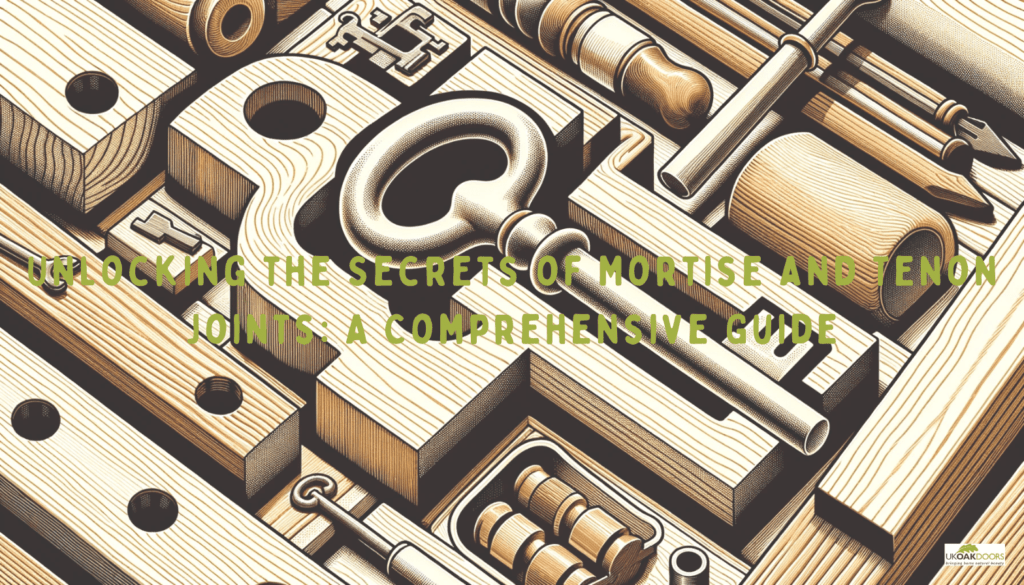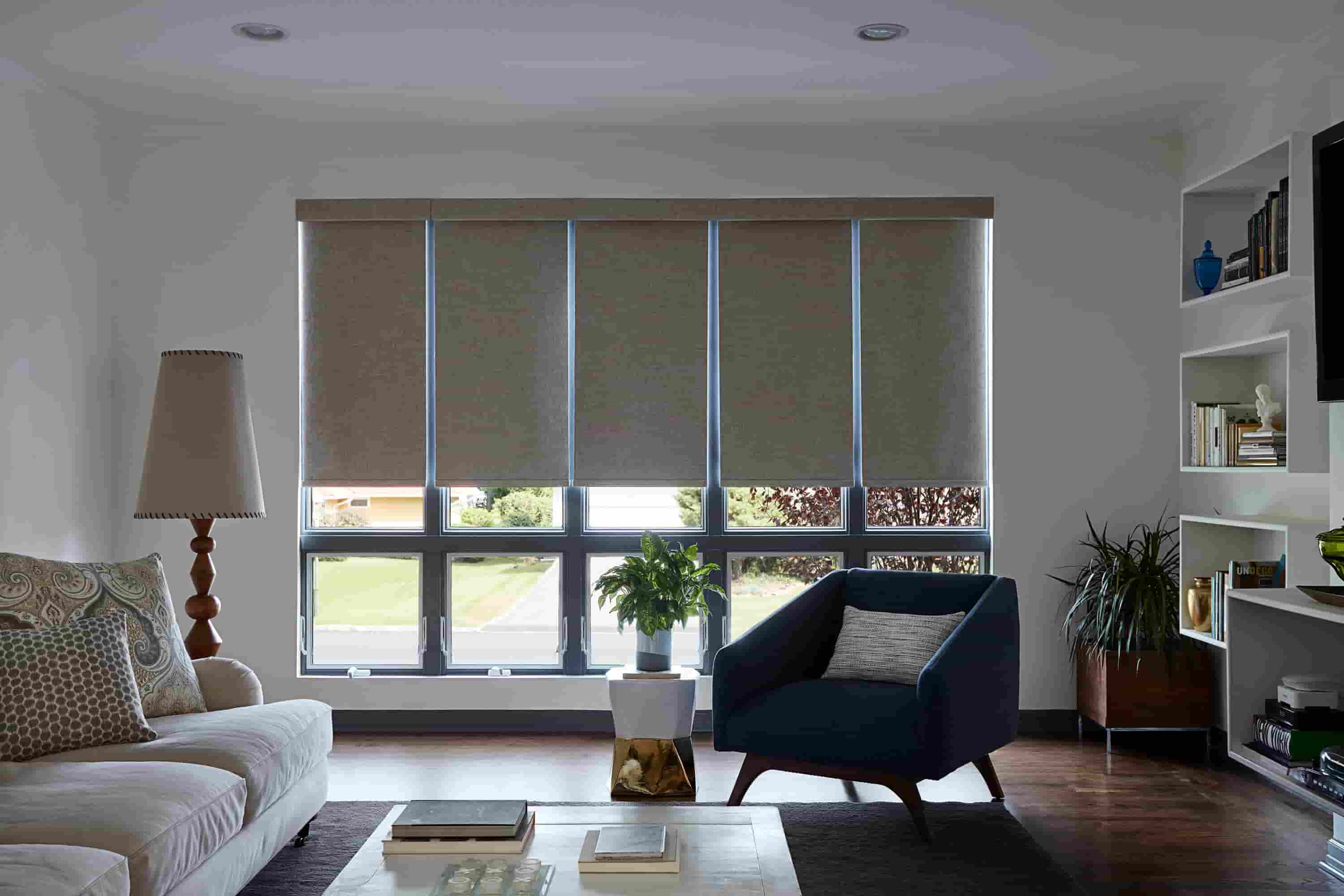
Windows are the eyes of your home, inviting natural light and offering glimpses of the outside world. But sometimes, that light can be too intense, or you might crave a little more privacy. That’s where the magic of window shades comes in. They’re not just about blocking light; they’re about transforming your living space into a haven of comfort and style. Let’s dive deep into the world of window shades and uncover how they can elevate your home.
Why Choose Window Shades?
Window shades offer a multitude of benefits, making them an essential addition to any home. Here are some key advantages:
- Light Control: Easily adjust the amount of sunlight entering your rooms, creating the perfect ambiance.
- Privacy: Shield your home from prying eyes, ensuring your personal space remains private.
- Energy Efficiency: Reduce heat gain in summer and heat loss in winter, lowering your energy bills.
- Aesthetics: Enhance the visual appeal of your interiors with a wide range of styles and materials.
- Furniture Protection: Prevent fading and damage to your furniture and flooring caused by harmful UV rays.
Types of Window Shades
The world of window shades is vast and varied, offering options to suit every taste and need. Here are some popular types:
Roller Shades
Simple and sleek, roller shades consist of a single piece of fabric that rolls up and down. They’re perfect for minimalist interiors and offer excellent light control.
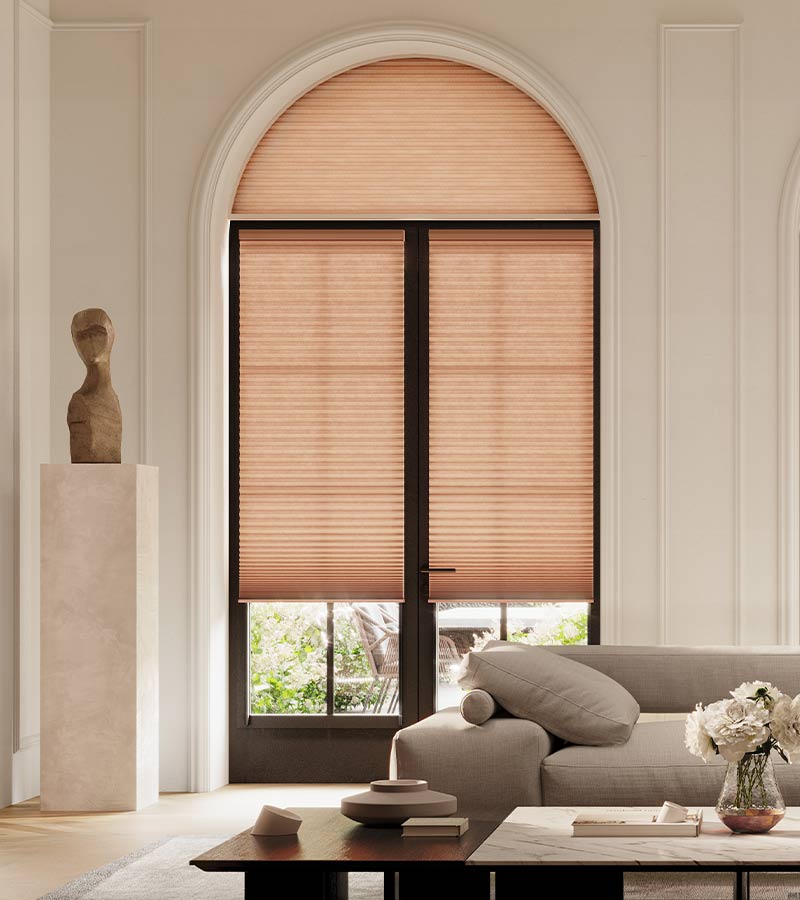
Cellular Shades (Honeycomb Shades)
Known for their energy efficiency, cellular shades feature a unique honeycomb structure that traps air, providing insulation. They’re ideal for maintaining comfortable indoor temperatures.
Roman Shades
Combining the softness of drapery with the practicality of shades, Roman shades fold into elegant pleats when raised. They add a touch of sophistication to any room.
Solar Shades
Designed to reduce glare and heat while preserving your view, solar shades are perfect for rooms with large windows. They block harmful UV rays without completely obstructing natural light.

Pleated Shades
Similar to cellular shades but with a simpler pleated design, these shades offer a cost-effective way to control light and add a touch of texture to your windows.
Sheer Shades
These shades offer the best of both worlds, providing soft light filtration and privacy. They feature fabric vanes suspended between two sheer fabric layers.
Choosing the Right Window Shades
Selecting the perfect window shades involves considering several factors:
- Room Function: Determine the primary purpose of the room. For example, bedrooms may require blackout shades, while living rooms may benefit from light-filtering options.
- Window Size and Shape: Ensure the shades fit your windows perfectly for optimal performance and aesthetics.
- Style and Decor: Choose shades that complement your interior design. Consider colors, patterns, and materials.
- Light Control Needs: Decide how much light you want to block or filter.
- Energy Efficiency: If energy savings are a priority, opt for cellular or solar shades.
- Privacy Requirements: Select shades that provide the desired level of privacy.

Installation and Maintenance
Proper installation is crucial for the performance and longevity of your window shades. While some shades can be easily installed as DIY projects, others may require professional installation. Regular maintenance, such as dusting or gentle cleaning, will keep your shades looking their best.
The Impact of Quality
Investing in high-quality window shades can make a significant difference in your home’s comfort and aesthetics. Durable materials and precise craftsmanship ensure that your shades will withstand the test of time, providing years of reliable performance. Furthermore, higher quality shades often offer better insulation, which can lead to significant energy savings. Selecting shades with UV protection is also important to preserve your furniture and flooring.
Smart Shade Solutions
In today’s connected world, smart window shades are gaining popularity. These innovative solutions allow you to control your shades with your smartphone or voice commands. You can schedule them to open and close at specific times, automate them based on sunlight levels, or integrate them with your smart home system. Smart shades offer unparalleled convenience and can enhance your home’s energy efficiency.
Conclusion
Window shades are more than just functional window coverings; they’re an integral part of your home’s design and comfort. By understanding the different types of shades and considering your specific needs, you can transform your living space into a haven of style and tranquility. Whether you seek to control light, enhance privacy, or boost energy efficiency, the perfect window shade solution awaits. Explore your options, and let your windows shine!

